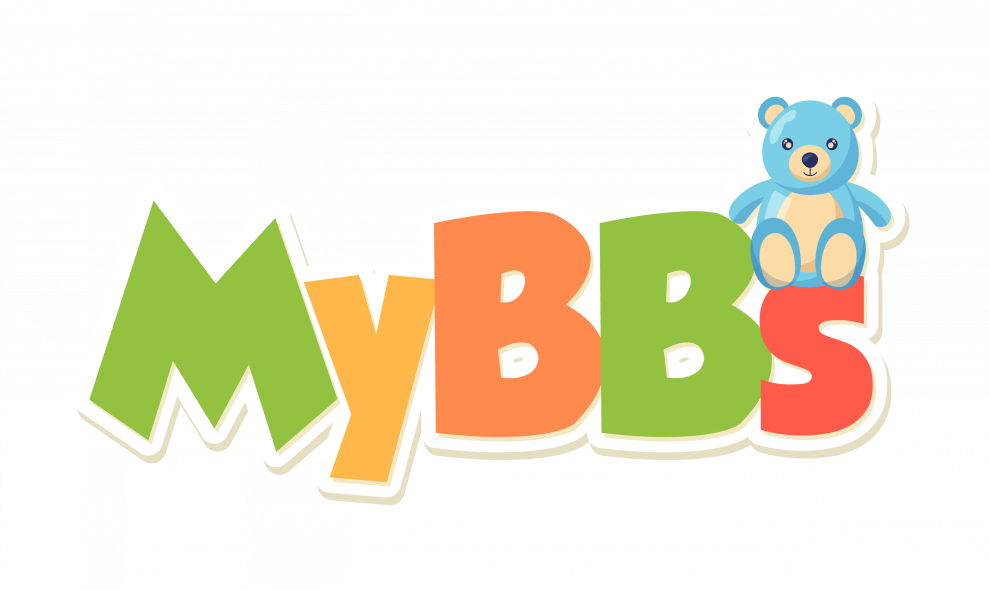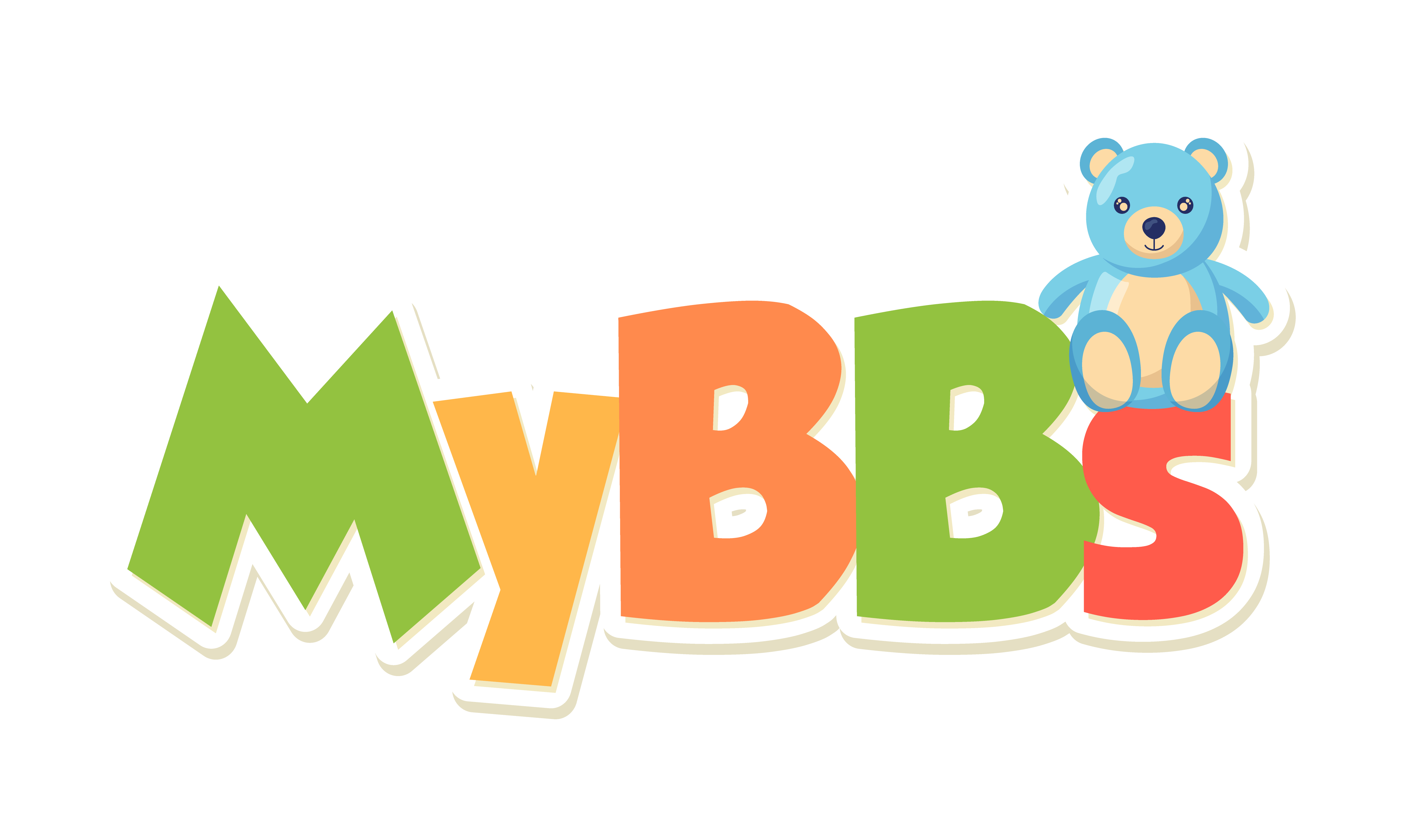All About Ty Beanie Babies
Rare Beanie Babies: Ty Beanie Babies Explained
Welcome to the fascinating world of Ty Beanie Babies. These adorable plush toys, produced by Ty Inc., have been a global phenomenon since their introduction in 1993. They’ve captured the hearts of millions with their unique designs, endearing names, and the thrill of the hunt for rare and valuable editions.
Whether you’re a seasoned collector or a newcomer to the Beanie Babies scene, this glossary will provide an in-depth exploration of the rarest Beanie Babies, their unique features, and the stories behind their creation. So, let’s dive into the captivating world of Ty Beanie Babies and discover what makes these plush toys so special.
Understanding Ty Beanie Babies
Before we delve into the details of the rarest Beanie Babies, it’s essential to understand what Ty Beanie Babies are. These are stuffed animals filled with plastic pellets (or “beans”), which give them a more flexible feel than traditional stuffed toys. Ty Warner, the founder of Ty Inc., introduced Beanie Babies with the idea of producing a budget-friendly toy that children could purchase with their allowance.
However, Beanie Babies quickly transcended their original target audience and became a popular collectible for adults. The limited production of certain designs, the introduction of ‘retired’ Beanie Babies, and the rumors of high resale values all contributed to their collectible status. This led to a Beanie Baby craze in the mid-1990s, with collectors hunting for rare and valuable editions.
The Tag: A Beanie Baby’s Identity
One of the distinguishing features of Ty Beanie Babies is their heart-shaped tag. This tag, attached to the toy’s ear or wing, contains the Beanie Baby’s name, birth date, and a four-line poem related to its character. The tag also includes a Ty logo and, in later editions, a holographic design to prevent counterfeiting.
For collectors, the condition of the tag is crucial. A Beanie Baby with a mint condition tag can fetch a much higher price than one with a damaged or missing tag. Some collectors even use tag protectors to preserve the tags in pristine condition.
Retirement: The End of a Beanie Baby’s Production
‘Retirement’ is a term unique to the world of Beanie Babies. When Ty Inc. decides to stop producing a particular Beanie Baby, it is said to be ‘retired.’ This means that no more units of that design will be manufactured, making the existing ones potentially more valuable.
The retirement of a Beanie Baby is often announced in advance, leading to a rush among collectors to acquire it before it’s gone. The first Beanie Baby to be retired was Chocolate the Moose in 1993, and since then, many others have followed suit.
The Rarest Beanie Babies
Now that we’ve covered the basics of Ty Beanie Babies, let’s delve into the heart of the matter: the rarest Beanie Babies. These are the editions that have achieved legendary status among collectors due to their limited production, unique features, or interesting backstories.
It’s important to note that rarity doesn’t always equate to value. While some rare Beanie Babies command high prices, others are more affordable. The value of a Beanie Baby depends on various factors, including its condition, the demand among collectors, and the price that someone is willing to pay for it.
Princess the Bear
Princess the Bear is perhaps the most famous Beanie Baby of all. Released in 1997 in memory of Princess Diana, all profits from the sale of this purple bear went to the Diana, Princess of Wales Memorial Fund. The first editions of Princess the Bear, made with PVC pellets and a space on the tag for a memorial poem, are particularly sought after by collectors.
However, not all Princess the Bear Beanie Babies are valuable. Later editions, made with PE pellets and without the space for the poem, are more common and less sought after. As always, the condition of the Beanie Baby and its tag plays a significant role in its value.
Valentino the Bear
Valentino the Bear is another rare Beanie Baby with an interesting story. Released in 1994, Valentino became famous due to a production error. Some Valentino bears were produced with brown noses instead of the usual black, making them rare and desirable to collectors.
However, the brown-nosed Valentino bears are not the most valuable. The most sought-after Valentinos are those with other production errors, such as misspelled words on the tag or PVC pellets instead of the later PE pellets. A Valentino bear with multiple errors can command a high price on the collector’s market.
Collecting and Caring for Beanie Babies
Collecting Beanie Babies can be a fun and rewarding hobby. Whether you’re hunting for the rarest editions or simply enjoying the variety of designs, there’s something for everyone in the world of Beanie Babies. However, it’s important to care for your Beanie Babies properly to maintain their value and condition.
When handling Beanie Babies, it’s best to avoid touching the tag. Oils from your skin can damage the tag over time, reducing the Beanie Baby’s value. Using a tag protector can help preserve the tag in mint condition. It’s also advisable to keep Beanie Babies away from sunlight, which can fade their colors, and from pets, which can cause damage.
Storage Tips
When it comes to storing Beanie Babies, it’s important to choose a cool, dry place. Moisture can damage the Beanie Baby and its tag, while heat can cause the colors to fade. It’s also best to avoid storing Beanie Babies in plastic bags, which can trap moisture and lead to mold growth.
Instead, consider using acid-free boxes for storage. These boxes will protect your Beanie Babies from dust and damage without the risk of trapping moisture. If you’re displaying your Beanie Babies, consider using a glass-fronted cabinet to protect them from dust and sunlight.
Insurance and Appraisal
If you have a valuable collection of Beanie Babies, it’s worth considering insurance. This can protect your investment in the event of theft or damage. It’s advisable to keep a record of your Beanie Babies, including their names, birth dates, and any distinguishing features, to assist with insurance claims.
Appraisal can also be beneficial for valuable collections. An appraiser can provide a professional opinion on the value of your Beanie Babies, which can be useful for insurance purposes or if you’re considering selling your collection. However, it’s important to choose an appraiser with expertise in Beanie Babies to ensure an accurate valuation.
Conclusion
Whether you’re a seasoned collector or a newcomer to the world of Beanie Babies, understanding the rarity and value of these adorable plush toys can enhance your collecting experience. From the legendary Princess the Bear to the elusive brown-nosed Valentino, the world of rare Beanie Babies is full of surprises and delights.
Remember, the joy of collecting Beanie Babies lies not just in their potential value, but also in the thrill of the hunt, the delight of discovery, and the pleasure of owning these charming toys. So, happy collecting, and may your Beanie Baby adventures be filled with joy and excitement!
Ready to find your next treasured Beanie Baby or discover unique childcare items that will bring joy and imagination to your child’s life? Look no further than MyBeanieBabies.com, the best place to buy toys online. Our carefully curated collection features your favorite Beanie Babies, Beanie Boos, and Beanie Buddies, along with a variety of other toys and childcare items to give your child the best childhood. Check out our plush shop now and start your own delightful collection today!

